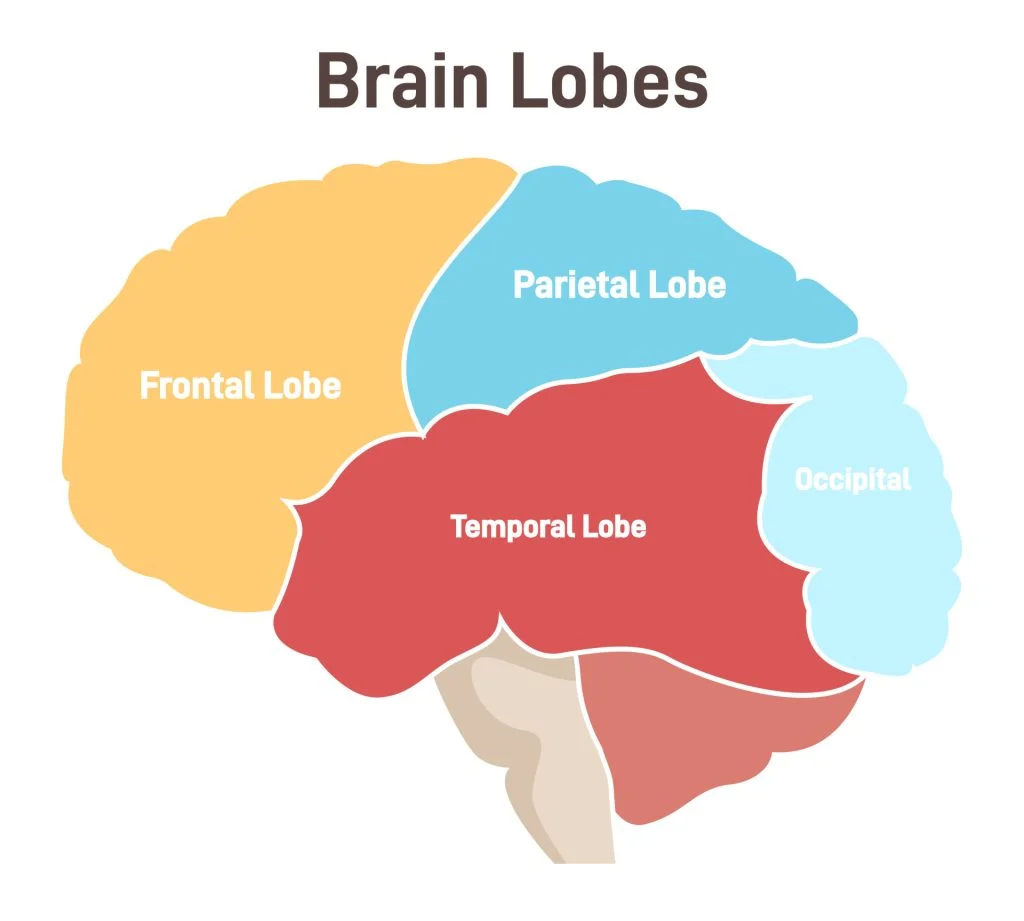Biological approach
1/51
Earn XP
Description and Tags
Localization, Neuroplasticity, Neurotransmission, Brian scanning techniques, Hormones, Pheremones, Evolutionary theory
Name | Mastery | Learn | Test | Matching | Spaced |
|---|
No study sessions yet.
52 Terms
PET scan
Functional imaging. Shows brain processes through injecting radioactive isotope into blood stream
Cerebral cortex
Frontal lobe, Parential lobe, Occipital lobe, Temporal lobe

Limbic system
“The emotional brain”: Amygdala, Basal ganglia, Hippocampus, Hypothalamus, Nucleus Accumbens, Thalamus, Limbic cortex, Septal area
Electric impulse (action potential) travels along axon of neuron and release a neurotransmitter from the terminal buttons. The neurotransmitter then crosses the synaptic gap to reach the receptor site on another neuron.
Serotonin
A neurotransmitter that works to regulate mood, appetite, and sleep. Low levels have been linked to Clinical Unipolar depression and high levels of aggression. High levels have been linked to hallucinations.
Adrenaline
Hormone secreted by the adrenal glands and stimulates the sympathetic nervous system and prepares the body for fight or flight.
Sexual selection
Natural selection arising through preference by one sex for certain characteristics in individuals of the other sex, to produce the healthiest off-spring
Intrasexual selection
Competition between one sex for acces to mates